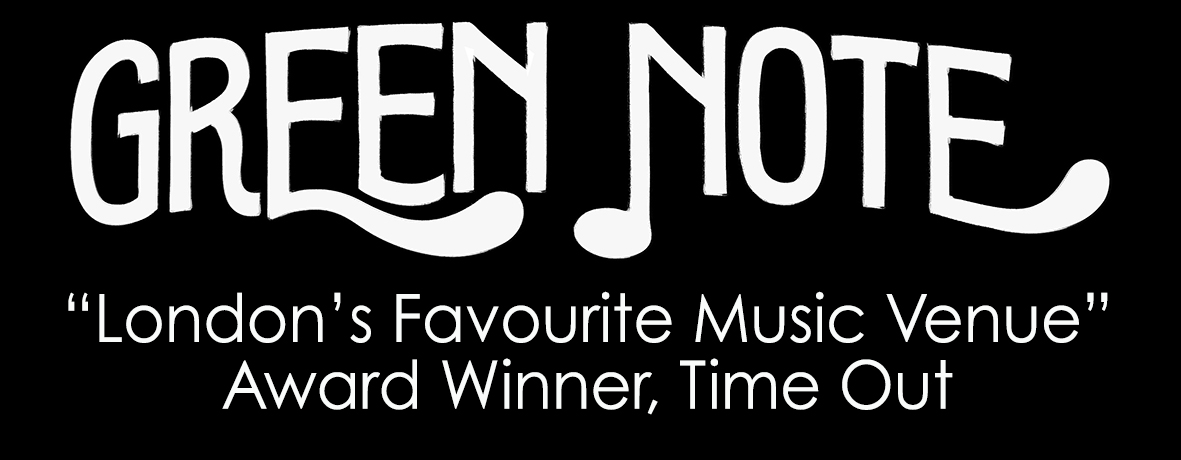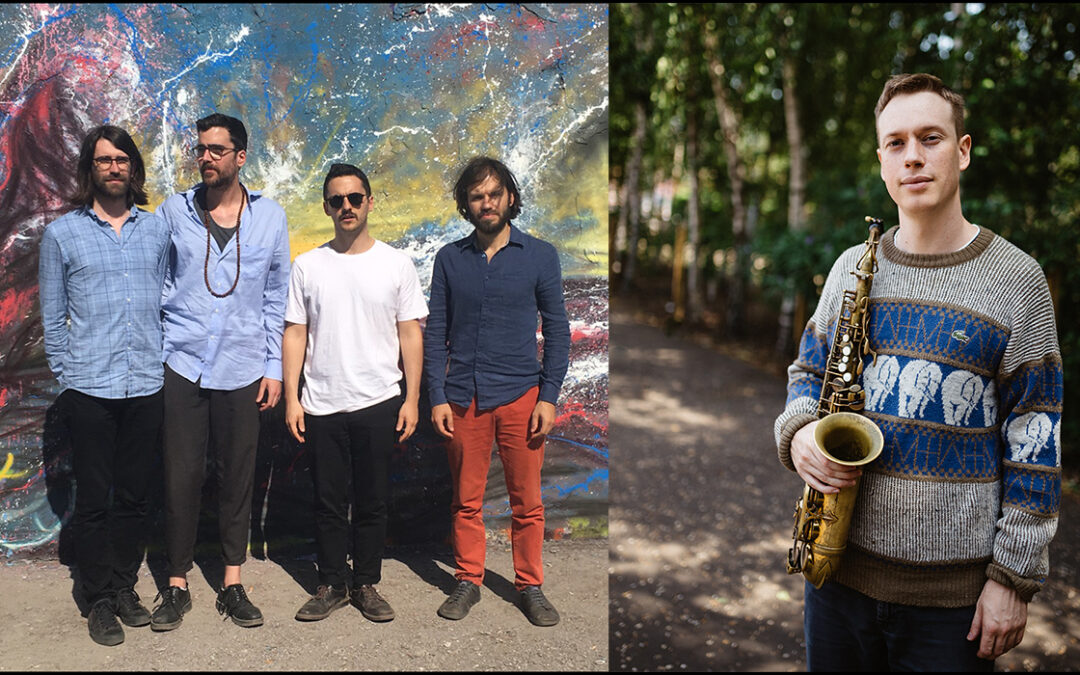CLONMELL JAZZ SOCIAL presents…
SAM BRAYSHER TRIO: Sam Braysher’s trio project plays arrangements of a diverse selection of lesser-played compositions from the American songbook and jazz canon, ranging from Dexter Gordon to Gershwin incidental numbers to Disney.
The alto saxophonist’s recent album, Dance Little Lady, Dance Little Man, features Catalan drummer and vibraphonist Jorge Rossy (who is best known for his stint with Brad Mehdlau’s trio) and London double bassist Tom Farmer (Empirical, Anoushka Shankar, Joe Stilgoe). The record received international acclaim, with Jazzwise noting: “A triumph of intelligence and sentiment from all in this subtly stand-out recording, with a deceptive simplicity that reveals new depths with each listen.”
‘delightful and surprising’ Dave Gelly, The Observer
‘Braysher’s cool, modernist twist on old songs is just superb’ Simon Adams, Jazz Journal
DUGONG: Dugong is an up-and-coming band formed by some of the finest musicians on the European jazz scene: guitarist Michele Caiati from Milan, saxophonist Nicolò Ricci from Amsterdam, and London based rhythm section featuring bassist Andrea Di Biase and drummer Riccardo Chiaberta. Dugong’s individual sound draws inspiration from Alternative Rock bands such as Radiohead, Modern Jazz improvisers such as Craig Taborn and Classical composers such as F. Chopin. They experiment with unusual musical techniques such as through-composed jazz pieces and improvised linear counterpoint.
Dugong released two albums: Miscommunication (2014) and The Big Other (2018), both followed by extensive touring across the UK and Europe. Renowned Italian saxophonist Pietro Tonolo (Chet Baker, Lee Konitz) joined them as a special guest for a few concerts. They played for the London Jazz Festival 2019 with acclaimed pianist Maria Chiara Argirò. Performing highlights include Ronnie Scott’s, Vortex Jazz Club, a live Radio 3 show and Bergamo Jazz Festival.
Dugong’s main focus as a band has been to develop a distinctive sound based on an extensive use of the acoustic dynamic range with the aim to generate an intense emotional response from their audience. They worked on written and improvised counterpoint – often experimenting on complex structures and expanding the stylistic language of their compositions through the analysis of several classical masterpieces; a work which culminated in the recording of a rearrangement of Frederick Chopin’s piano etude N.6.




